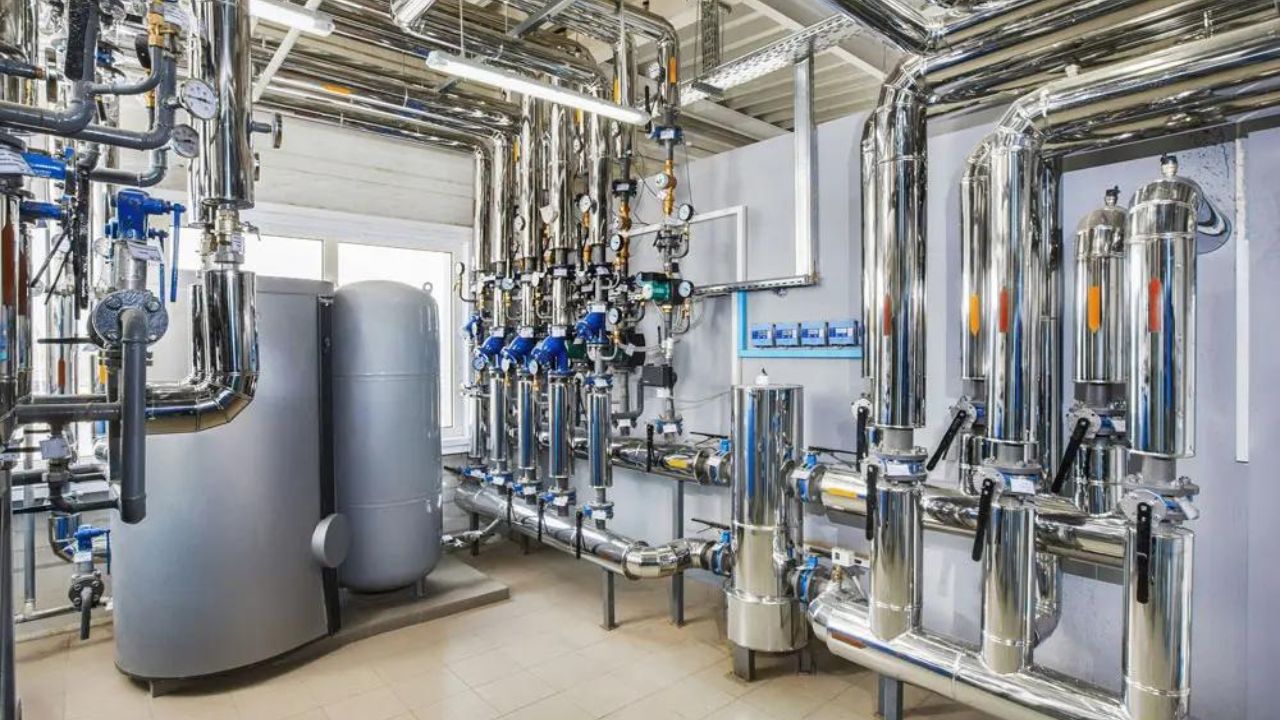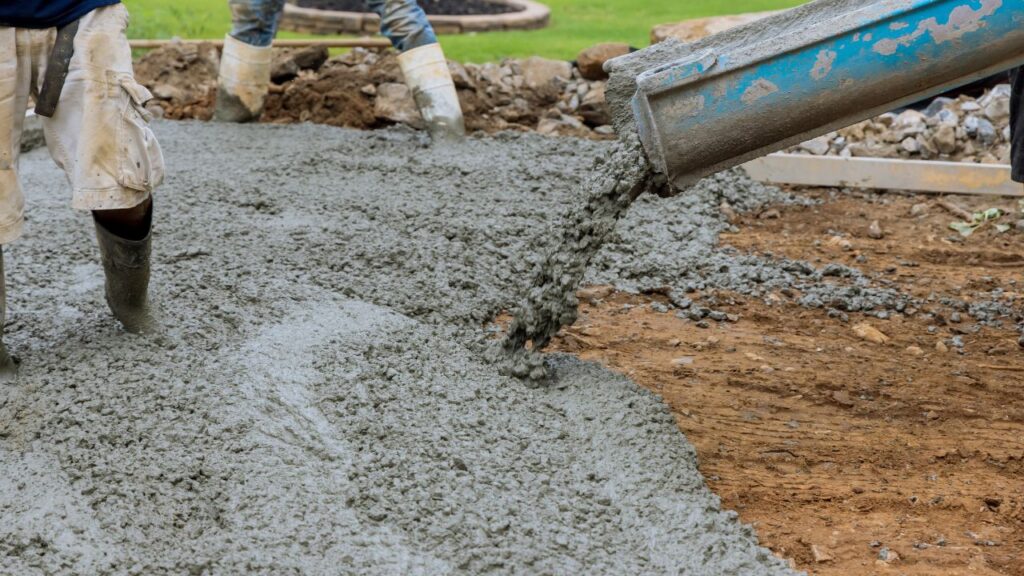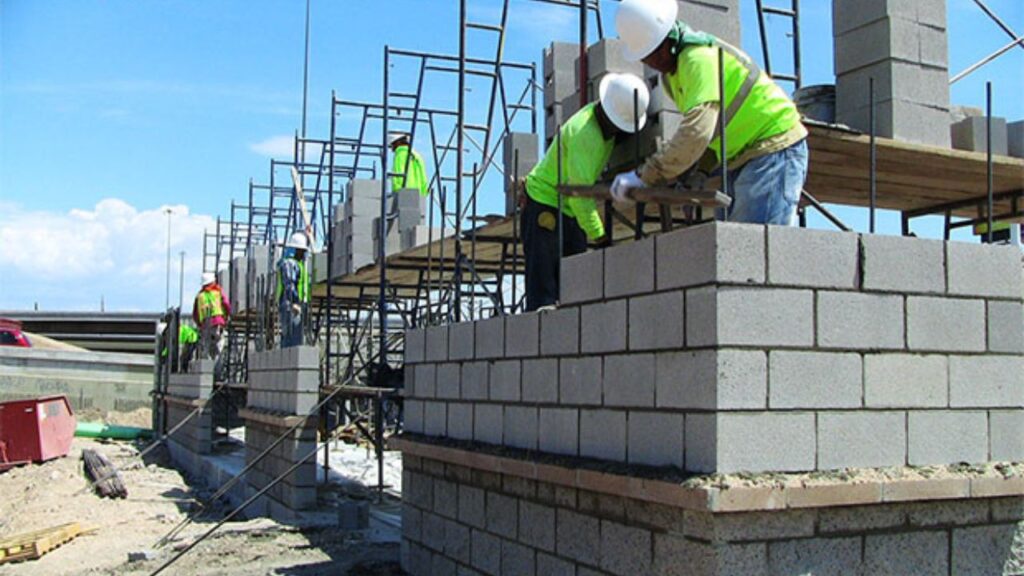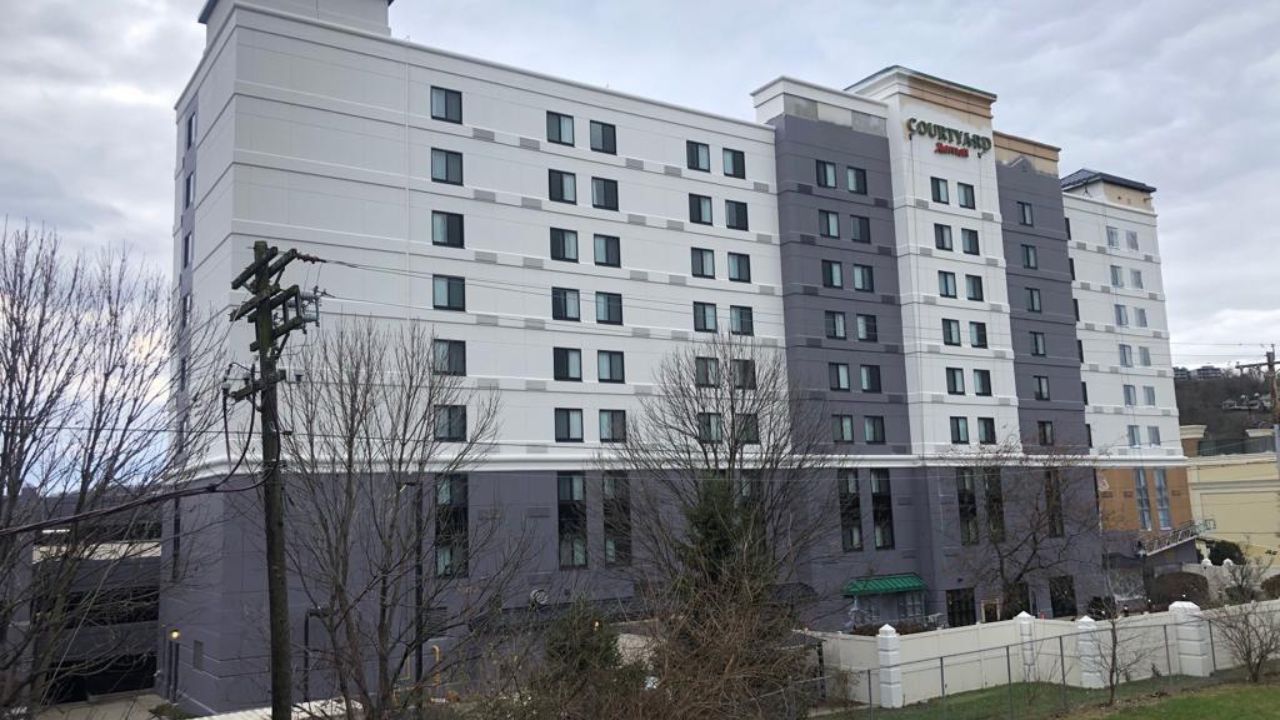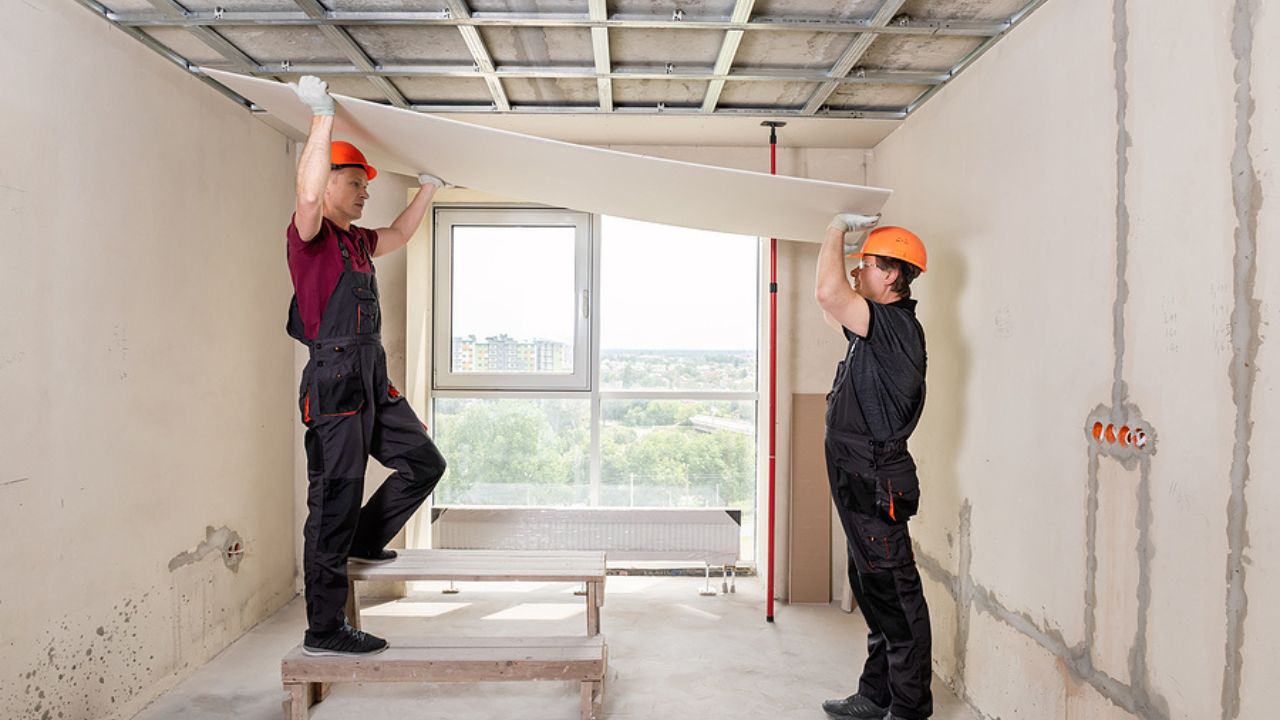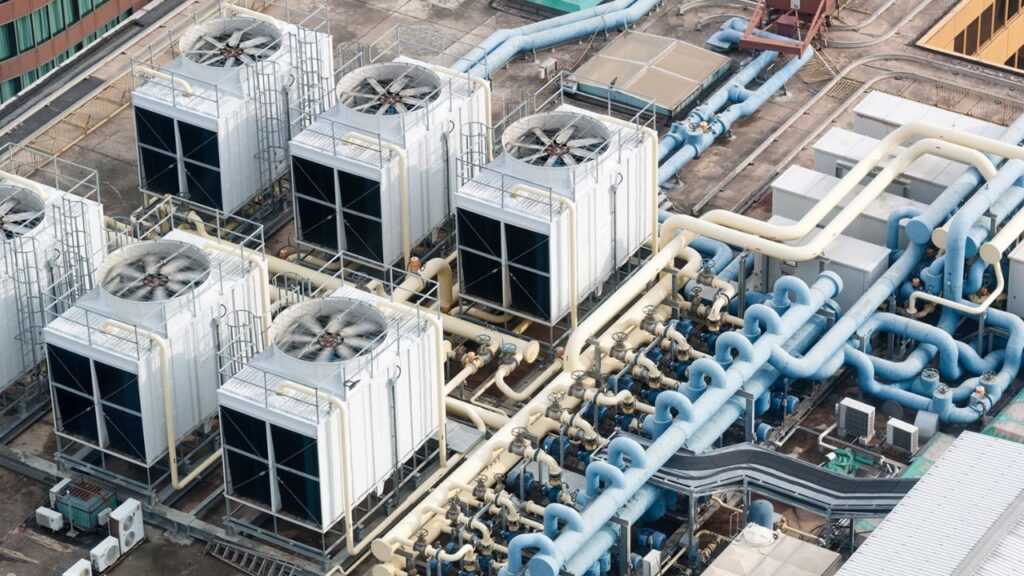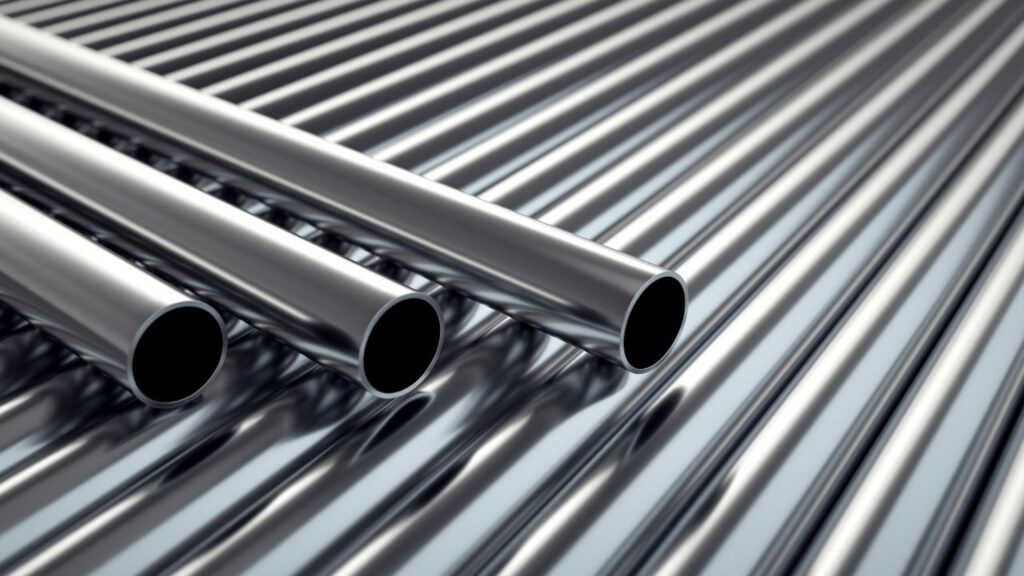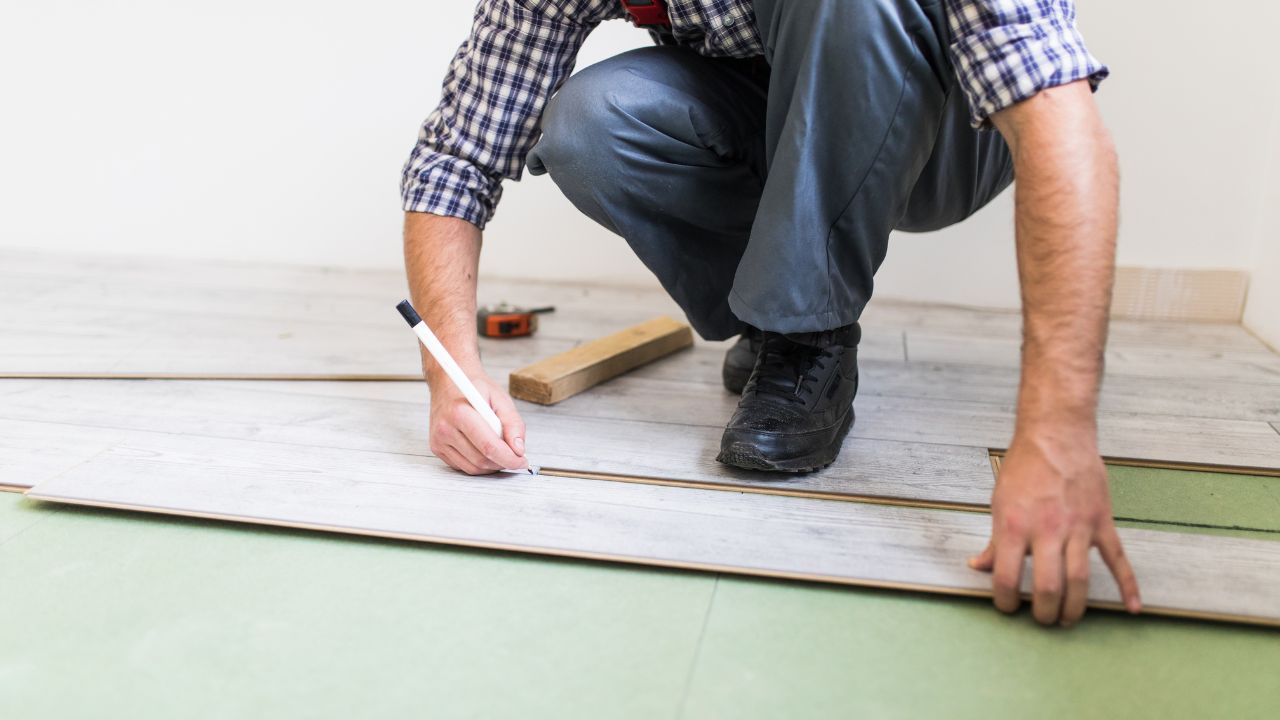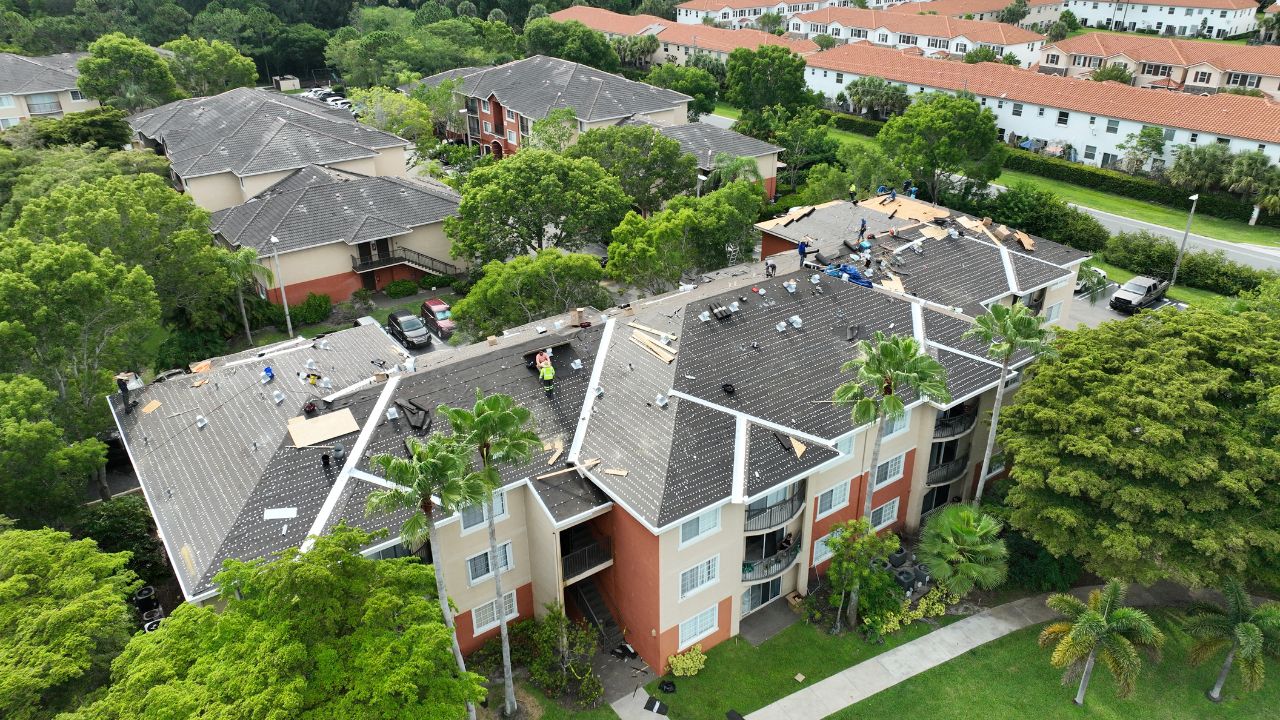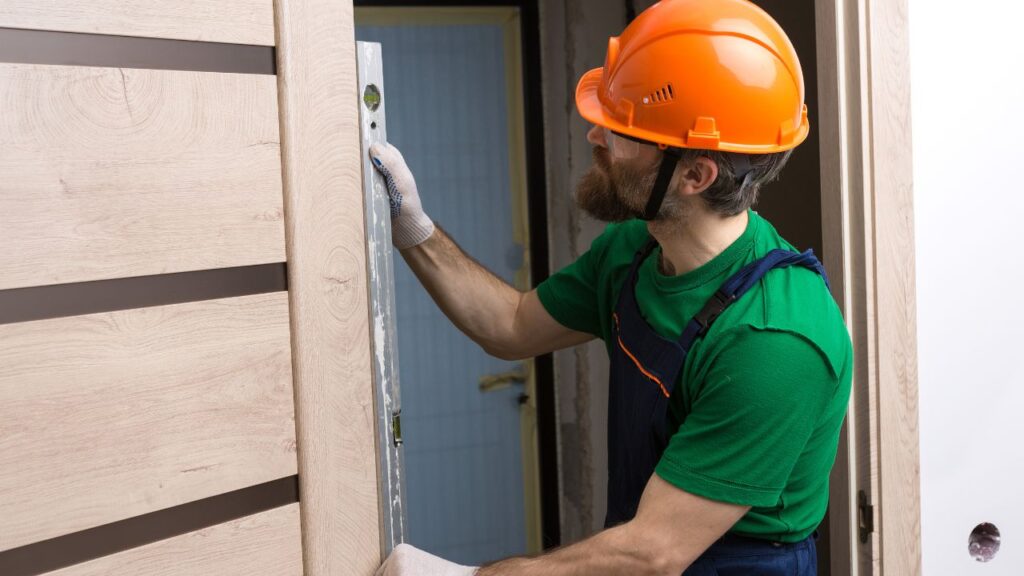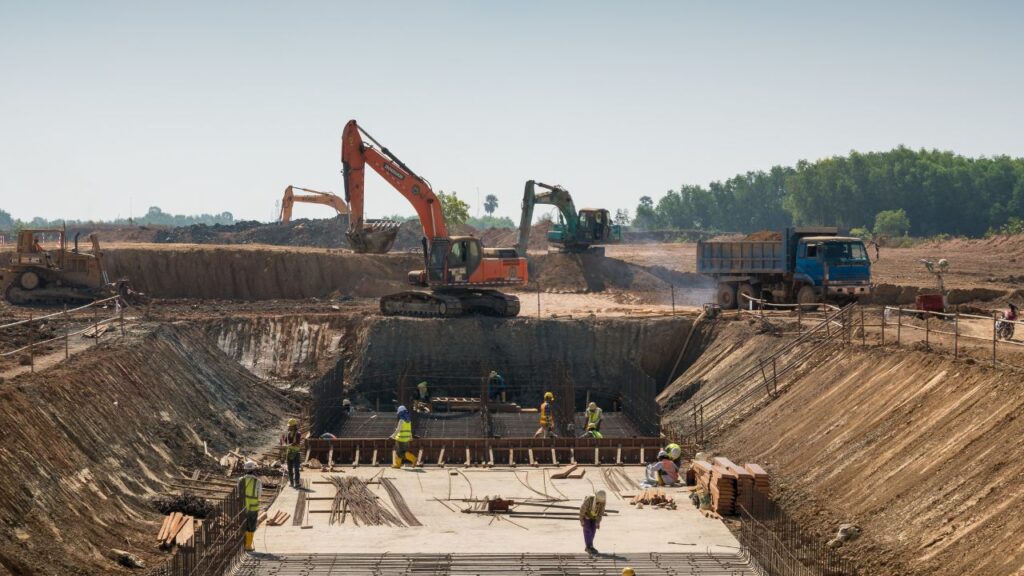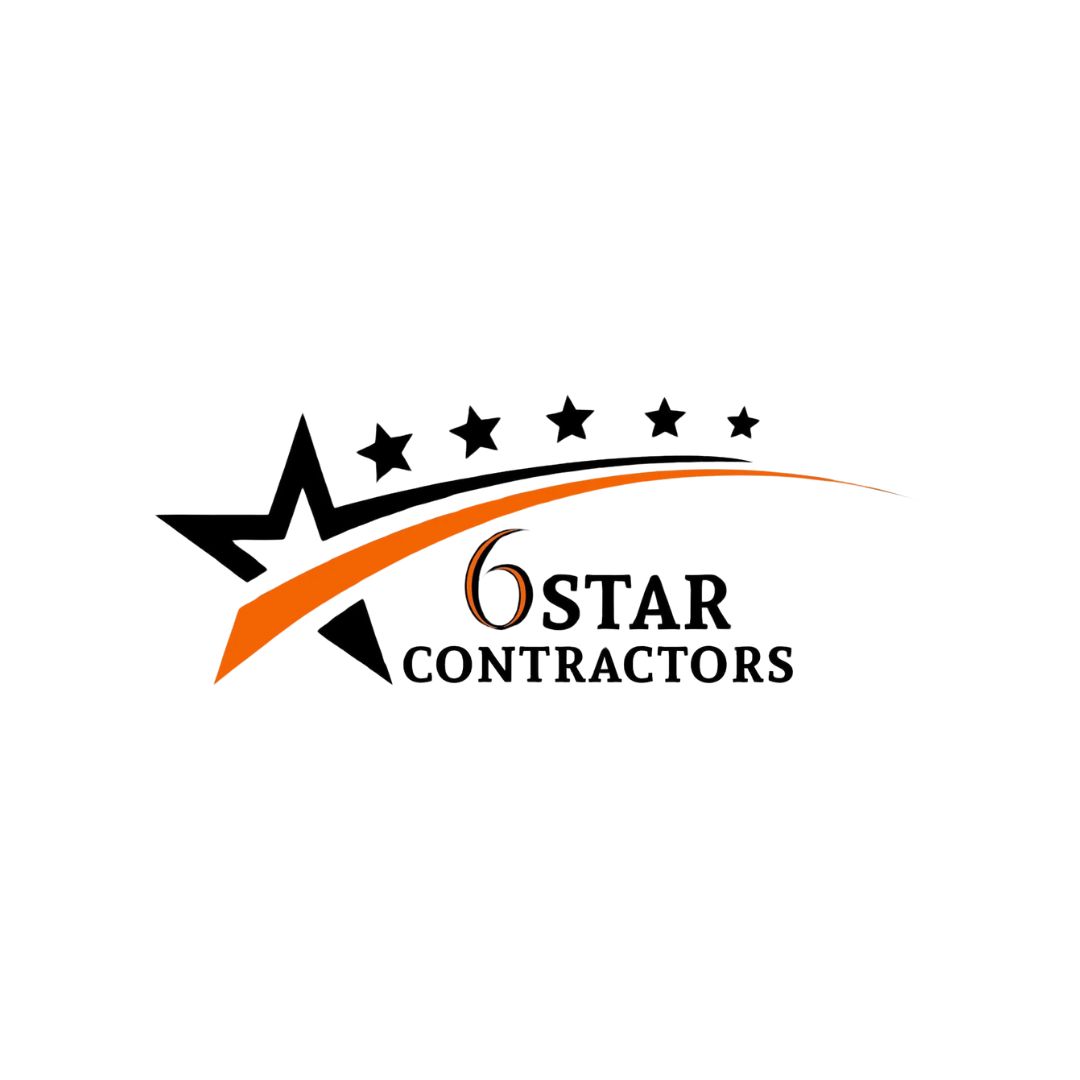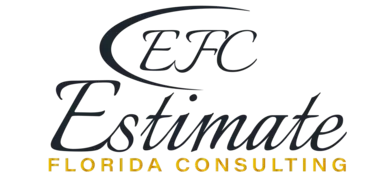- Homepage
- Construction In St. Pete Beach
- Cost Estimator In St. Pete Beach
Lumber Cost Estimator in St. Pete Beach
Leading provider of lumber estimating.
A commonly used metric for evaluating the affordability of construction projects is the cost of lumber per square foot. In St. Pete Beach, lumber costs generally range from $15 to $30 per square foot of buildable area, depending on:
- Quality and grade of lumber (e.g., SPF vs. premium-grade wood).
- Type of construction, such as single-story vs. multi-story buildings.
- Design complexity, including cantilevered structures or intricate roofing systems.
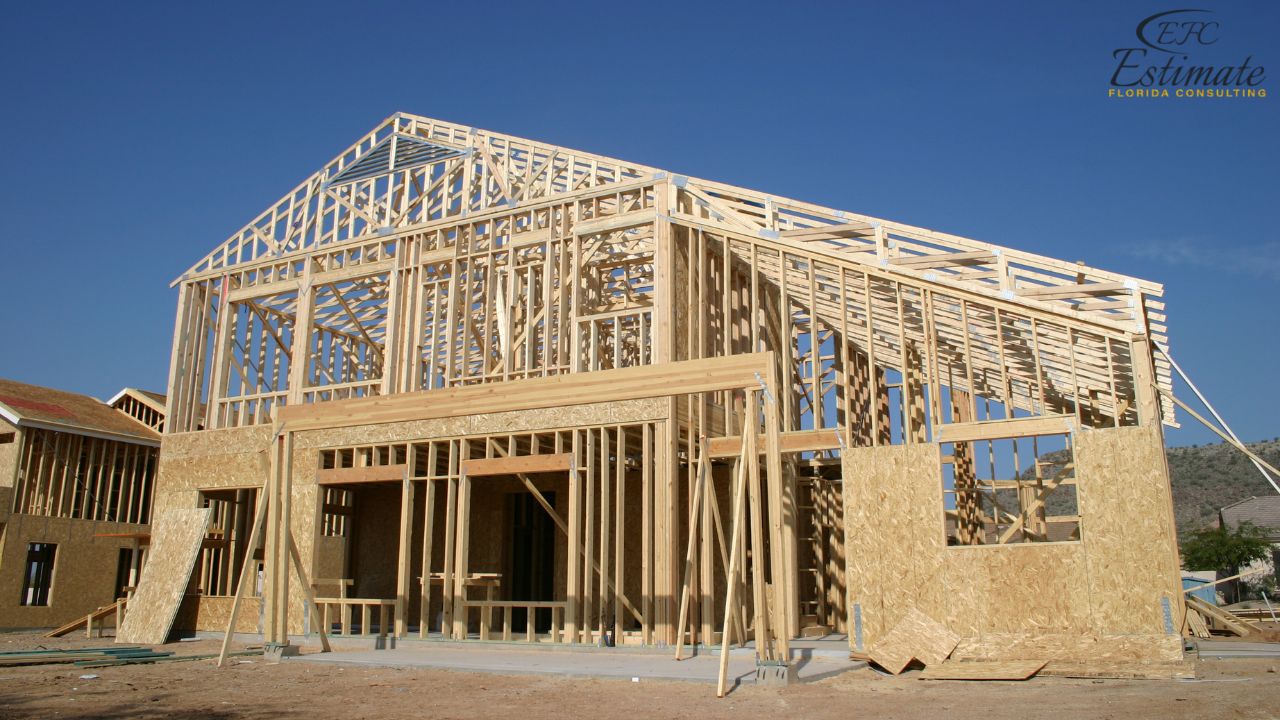
Build Type | Lumber Cost per Sq. Ft. |
Single-Family Home | $15 – $25 |
Multi-Family Dwelling | $16 – $28 |
Custom-Built Home | $20 – $30+ |
We Work for All Construction Trades
Construction trades encompass a variety of specialized roles, each critical to the successful completion of a project. Skilled tradespeople not only ensure the work is done right but also enhance safety, efficiency, and compliance with local building codes. From the initial groundwork to the final touches, every step requires expertise from dedicated professionals.
Lumber Types and Costs
Softwood Lumber
Softwood lumber is derived from coniferous trees such as pine, spruce, and fir, which grow quickly and are readily available. This makes softwood lumber one of the most cost-effective and widely used materials in the construction industry. Its versatility allows it to be used in framing, roofing, and general carpentry work, making it indispensable for both residential and commercial projects. In St. Pete Beach, the price for softwood lumber typically ranges from $300 to $600 per thousand board feet (MBF), depending on the quality and current market conditions. Factors such as transportation costs and seasonal demand can also influence pricing, so it’s a good idea to monitor local trends when budgeting for a project.
Get Acquainted with Estimation
Maximize Profits: Budgeting Hacks for Big Construction Projects
Construction Cost Estimator | Cost Estimating Service |
Hardwood Lumber
Hardwood lumber, sourced from deciduous trees like oak, maple, and cherry, is prized for its durability, strength, and beautiful grain patterns. These qualities make hardwood ideal for high-end applications like flooring, cabinetry, and furniture, where aesthetics are just as important as functionality. Hardwood lumber is generally more expensive than softwood because it takes longer to grow and is often processed more extensively. In St. Pete Beach, hardwood lumber prices range from $800 to $2,000 per MBF, influenced by the species, grade, and market availability. For example, exotic hardwoods like mahogany or teak may cost even more. When choosing hardwood, consider both its visual appeal and its resistance to wear, especially for flooring and high-traffic areas.
Skilled Commercial Lumber Experts?
- Skilled Lumber Framing Experts for Construction Projects
- Structural Lumber Framing for House and Building Frameworks
- Retail Building Lumber Framing Fit-Outs and Custom Designs
- Warehouse Lumber Framing and Structural Design
- Lumber Framing Repair, Reinforcement, and Restoration Services
- Custom Lumber Framing for Architectural Features
Engineered Wood Products
Engineered wood products like plywood, oriented strand board (OSB), and laminated veneer lumber (LVL) are manufactured using layers or strands of wood bonded together with adhesives. These materials are designed for strength, durability, and versatility, making them perfect for structural applications such as walls, roofs, and flooring. Plywood and OSB are especially popular for sheathing because they are easy to cut and install. In St. Pete Beach, the cost for engineered wood products ranges from $20 to $50 per sheet (4×8 ft), depending on the type and thickness. LVL, commonly used for beams and headers, offers exceptional load-bearing capacity, making it a staple in modern construction. Additionally, engineered wood is often more sustainable than traditional lumber, as it makes efficient use of raw materials.
Factors That Affect Lumber Costs in St. Pete Beach
Market Trends
Lumber prices are heavily influenced by broader market trends, which can fluctuate due to a variety of factors. During housing booms, for example, high demand for construction materials often drives prices upward. Conversely, during economic slowdowns or periods of reduced construction activity, prices may decrease. Global issues like trade tariffs, natural disasters affecting forests, or pandemics can also create supply chain disruptions that lead to price volatility. For St. Pete Beach, being a major hub for both residential and commercial development, these trends are especially pronounced, making it essential for contractors and builders to stay informed about market conditions.
Local Supply and Demand
The local availability of lumber in St. Pete Beach, coupled with the intensity of construction activity, plays a significant role in determining costs. High-demand periods, such as during hurricane season when repairs and rebuilds spike, can cause temporary price increases. Similarly, specialty woods or custom-cut materials may command premium prices if local suppliers have limited stock. Builders in the area often plan their projects around these seasonal fluctuations to avoid inflated costs. Ensuring a reliable supplier and pre-ordering materials well in advance can help mitigate price swings caused by local demand.
Transportation and Logistics
The cost of transporting lumber to St. Pete Beach significantly impacts its final price. Although the county’s proximity to major ports and distribution centers can reduce logistical costs, factors like rising fuel prices or labor shortages can still drive prices higher. Additionally, supply chain disruptions—such as delayed shipments or shortages of specific materials—can exacerbate costs, especially for imported lumber or specialty products. Local contractors often work closely with distributors to streamline delivery schedules and minimize these additional expenses, ensuring projects stay on budget.
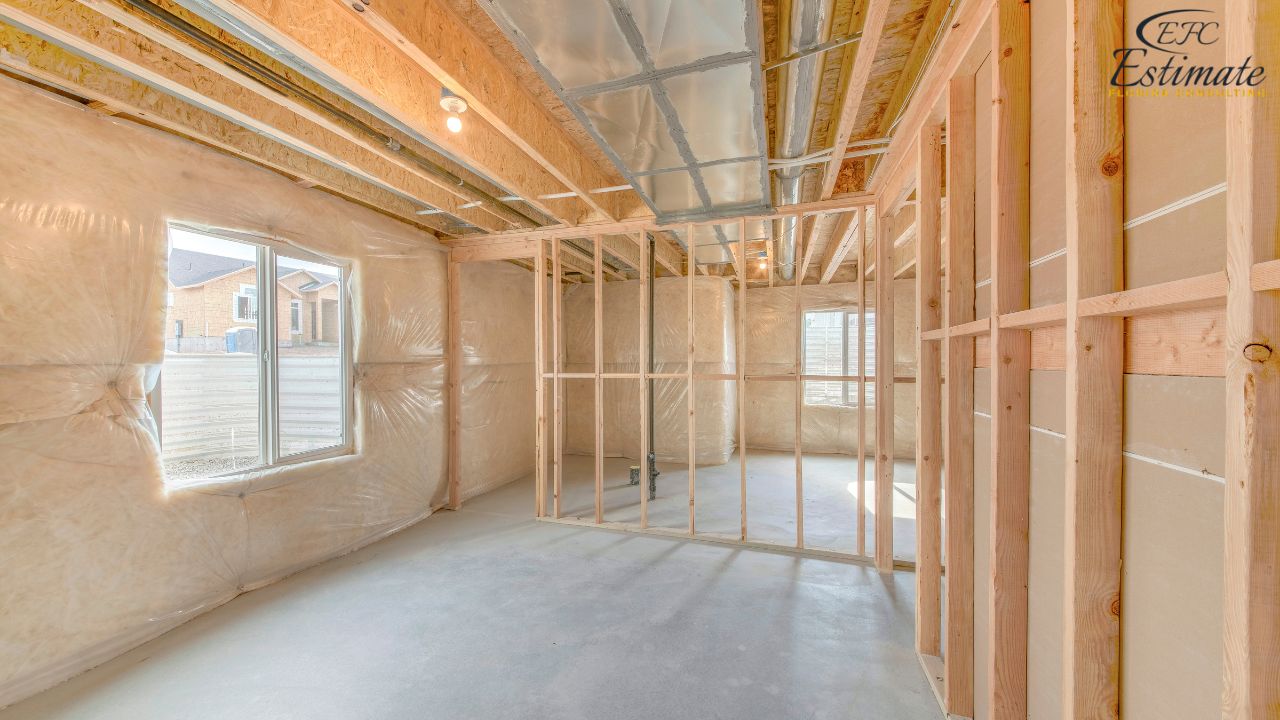
Lumber Costs for Residential Construction
Single-Family Homes
Lumber is a key component in the construction of single-family homes, often accounting for a substantial portion of the overall building budget. A standard 2,000-square-foot home typically requires significant quantities of framing, roofing, and interior lumber. Costs for lumber in such projects range from $20,000 to $40,000, depending on the type of materials used and the complexity of the design. For example, homes with vaulted ceilings or open-concept layouts may require more structural support, increasing lumber expenses. Homebuilders in St. Pete Beach should also consider weather-resistant options, as the region’s humid climate can affect the longevity of certain types of wood.
Custom-Built Homes
Custom-built homes often feature unique architectural designs, premium materials, and high-end finishes, all of which drive up lumber costs. For these projects in St. Pete Beach, lumber expenses can range from $40,000 to $80,000 or more, depending on the size and scope of the design. Custom homes often require specialty woods for interior features such as exposed beams, custom cabinetry, or intricate trim work. Additionally, builders may choose sustainable or reclaimed wood options to meet eco-conscious design goals, further influencing the overall cost.
Get your lumber cost estimate in minutes—start your project with confidence and savings!
Lumber for Residential Apartment Construction
Apartment construction projects vary significantly in size and scope, and this directly impacts the amount of lumber required. Smaller apartment complexes with 4 to 10 units often resemble multi-family homes in their lumber needs. On the other hand, mid-rise buildings with 5 to 7 stories require much more lumber due to increased structural demands, shared walls, and larger common areas. For example, an average apartment complex in St. Pete Beach may use between 20,000 and 60,000 board feet of lumber, depending on the number of units, building design, and additional amenity spaces like gyms or lounges. Each of these factors contributes to variations in lumber usage and overall costs.
Lumber Estimates by Bedroom Size
- 2-Bedroom Units: Two-bedroom apartments typically require moderate amounts of lumber due to simpler layouts. Lumber costs for these units generally range from $10,000 to $15,000, accounting for framing, flooring, and basic structural needs.
- 3-Bedroom Units: With larger living spaces, additional walls, and more expansive designs, 3-bedroom units can see an increase in lumber requirements. This brings the costs up to $15,000 to $25,000, depending on design complexity and shared structural elements.
- 4-Bedroom Units: These units demand even more lumber, especially if they include open-concept layouts or custom features like LVL (laminated veneer lumber) beams or advanced structural bracing. Costs for lumber in these larger units can range from $20,000 to $30,000 or more.
Cost Breakdown by Major Lumber Components
Lumber for Roofing
Roofing components such as trusses, rafters, and decking account for a significant portion of the lumber budget. The cost for roofing lumber can range from $5,000 to $15,000, depending on the size and complexity of the roof. High-quality decking materials or intricate rooflines, like those found in gabled or hipped roofs, may push costs higher.
Lumber for Plumbing Support and Blocking
Lumber is also essential for installing horizontal blocking and supports for plumbing fixtures, which are necessary for stability. While not as substantial as framing, this can add $500 to $2,000 in lumber expenses for larger properties with multiple bathrooms and kitchens.
Lumber for Framing
Framing is typically the largest contributor to lumber costs in any construction project. A standard 2,000 sq. ft. building can require framing lumber valued between $8,000 and $25,000, depending on the material grade and design complexity. High-end apartments with custom layouts or vaulted ceilings often fall on the higher end of this range.
Lumber for Electrical Infrastructure Support
When budgeting for electrical infrastructure support, it’s important to factor in the lumber used for blocking, braces, and framing around electrical panels and conduit runs. This small but essential component ensures structural stability and access for future maintenance. The cost typically ranges from $300 to $1,000, depending on the complexity and design of the electrical layout. Custom installations with intricate wiring paths or specialized framing can push costs higher, especially if tailored solutions are required to meet specific code requirements. Proper planning and accurate cost estimates for this part of your project can help prevent unexpected expenses down the line.
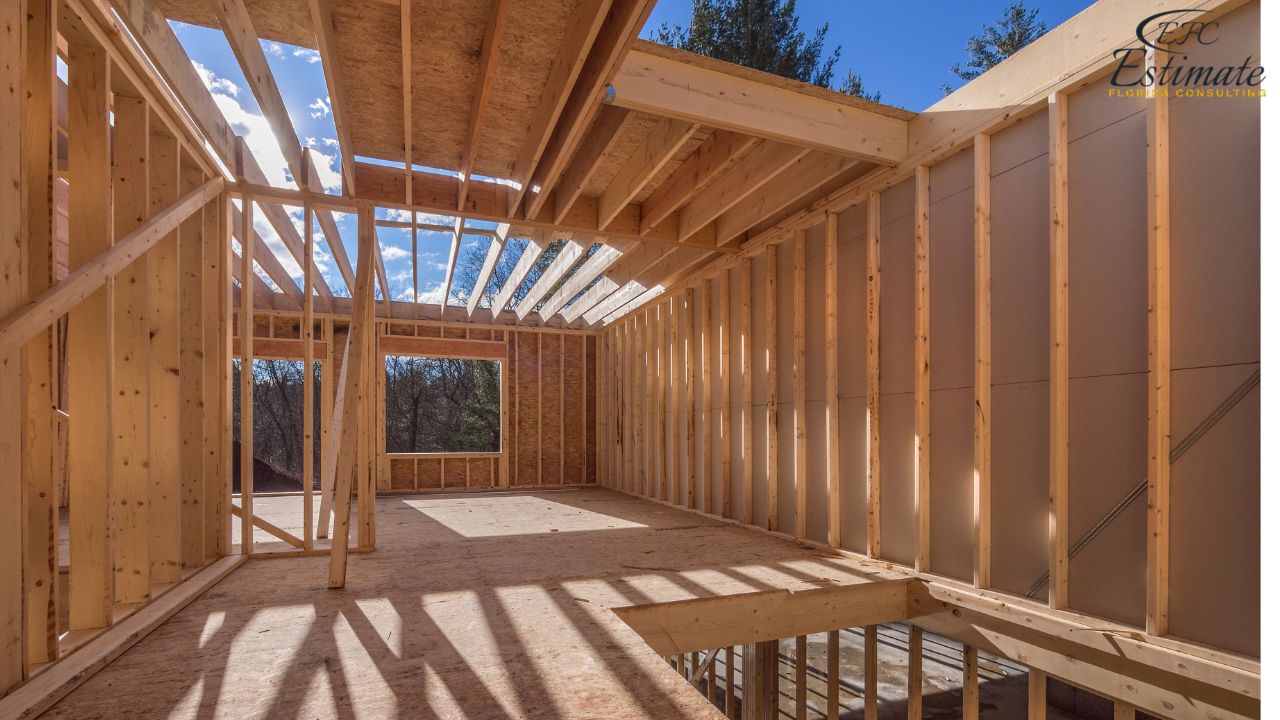
Lumber for Concrete Formwork
Temporary lumber is used to construct formwork for shaping concrete foundations, beams, and other structural elements. Depending on the size and complexity of the foundation, concrete formwork can add $1,000 to $5,000 or more to the lumber budget.
Lumber Use in Drywall Backing
Lumber is also needed for drywall backing and furring strips, which ensure a stable attachment for interior finishes. This cost typically ranges from $500 to $2,000, depending on the number of units and the size of the interior spaces.
Lumber for Flooring Substructure
Floor joists, subfloor sheathing, and related blocking are critical for the stability of flooring systems. These components can add $2,000 to $6,000 to the lumber budget, influenced by the building’s square footage and the number of stories.
Lumber Cost by Overall Project Size
The total lumber expenditure often scales with project scope:
Project Size (Sq. Ft.) | Lumber Cost Range |
1,500 sq. ft. Home | $15,000 – $35,000 |
2,500 sq. ft. Home | $25,000 – $60,000 |
3,500 sq. ft. Home | $35,000 – $80,000+ |
Tips to Reduce Lumber Costs
- Plan Efficiently: Optimize designs to reduce waste and minimize material requirements.
- Buy in Bulk: Purchasing larger quantities of lumber can often result in discounts.
- Choose Engineered Wood: Engineered wood products can offer cost savings without sacrificing quality.
- Shop Local: Work with local suppliers to reduce transportation costs and support the regional economy.
Download Template For Lumber Project Breakdown
- Materials list updated to the zip code
- Fast delivery
- Data base of general contractors and sub-contractors
- Local estimators
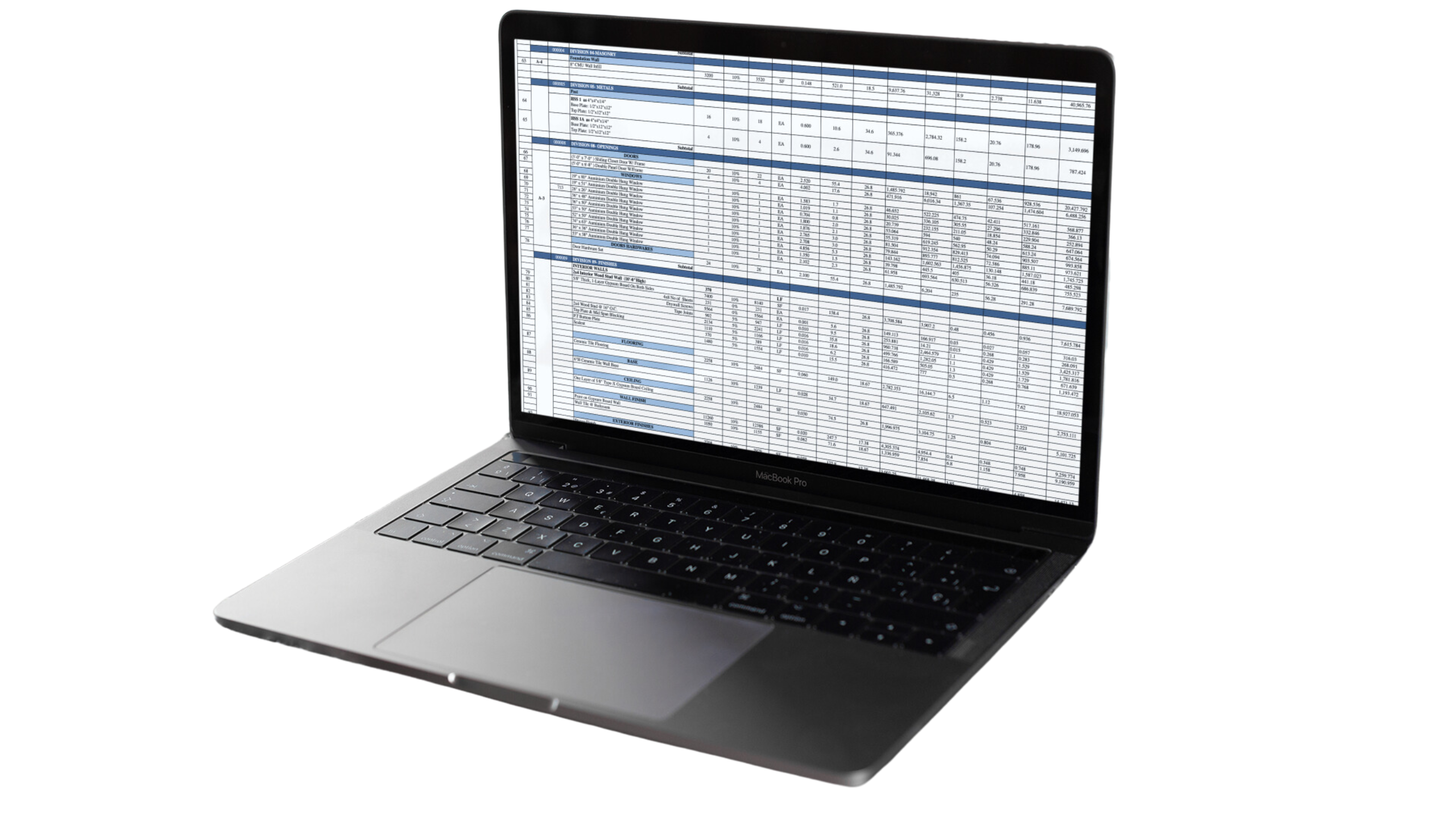
Conclusion
Accurately estimating lumber costs is essential for successful construction projects in St. Pete Beach. By understanding the factors influencing prices, exploring different types of lumber, and utilizing cost estimation tools, contractors, developers, and homeowners can ensure their projects stay on budget. At Estimate Florida Consulting, we specialize in providing detailed and accurate lumber cost estimates tailored to your project’s needs. Contact us today for expert guidance and ensure your next project is a success!
Frequently Asked Question
For example, if you want to know how many board feet (BF) are in a 4 x 6 x 10 piece of lumber, you would multiply the dimensions together:
4×6×10=2404 \times 6 \times 10 = 2404×6×10=240
Then, divide that by 12 to calculate the board feet:
240÷12=20 BF240 \div 12 = 20 \, \text{BF}240÷12=20BF
To determine the price, multiply the board feet by the price per board foot. If the price is $0.96/BF (a 20% increase), the cost for a 4 x 6 x 10 piece of lumber would be:
20 BF×0.96=19.2020 \, \text{BF} \times 0.96 = 19.2020BF×0.96=19.20
So, the price per piece would be $19.20.
To calculate the amount of lumber you need in board feet (BF), follow this formula:
Board Feet=Rough Thickness×Actual Width×Actual Length144\text{Board Feet} = \frac{\text{Rough Thickness} \times \text{Actual Width} \times \text{Actual Length}}{144}Board Feet=144Rough Thickness×Actual Width×Actual Length
- Rough Thickness: Use the thickness of the material as it starts, not its finished thickness.
- Actual Width: The actual width of the lumber (in inches).
- Actual Length: The actual length of the lumber (in inches).
Example:
For a project where the material starts as 4/4 lumber (1 inch thick), and you need 3 inches wide and 48 inches long:
Board Feet=1×3×48144=1 BF\text{Board Feet} = \frac{1 \times 3 \times 48}{144} = 1 \, \text{BF}Board Feet=1441×3×48=1BF
For legs starting as 6/4 lumber (1.5 inches thick), and measuring 3 inches wide and 36 inches long:
Board Feet=1.5×3×36144=1.5 BF\text{Board Feet} = \frac{1.5 \times 3 \times 36}{144} = 1.5 \, \text{BF}Board Feet=1441.5×3×36=1.5BF
By calculating for each piece of lumber you need, you can determine the total board footage for your project.
A lumber estimator is a professional who determines the type and amount of lumber required for a construction project based on blueprints or other project specifications. Once the materials are identified, the estimator provides the contractor with detailed technical data, including the quantity of lumber needed, and prepares pricing estimates to help manage costs effectively.
Lumber is typically measured in board feet (bd. ft.), especially for rough-sawn lumber. A board foot is defined as a piece of wood that measures 12 inches long, 12 inches wide, and 1 inch thick, or a total of 144 cubic inches.
To calculate the board foot measurement of a piece of wood, use the following formula:
Board Feet=Length (in inches)×Width (in inches)×Thickness (in inches)144\text{Board Feet} = \frac{\text{Length (in inches)} \times \text{Width (in inches)} \times \text{Thickness (in inches)}}{144}Board Feet=144Length (in inches)×Width (in inches)×Thickness (in inches)
Example:
For a piece of wood that is 8 feet long, 6 inches wide, and 2 inches thick:
- Convert the length to inches: 8 feet = 96 inches.
- Multiply the length, width, and thickness: 96×6×2=1152 cubic inches96 \times 6 \times 2 = 1152 \, \text{cubic inches}96×6×2=1152cubic inches
- Divide by 144 to get the board feet: 1152144=8 bd. ft.\frac{1152}{144} = 8 \, \text{bd. ft.}1441152=8bd. ft.
So, the piece of wood is 8 board feet.
Comprehensive Trade-Specific Estimates
At Estimate Florida Consulting, we offer detailed cost estimates across all major trades, ensuring no part of your project is overlooked. From the foundation to the finishing touches, our trade-specific estimates provide you with a complete and accurate breakdown of costs for any type of construction project.
Testimonials
What Our Clients Say
We take pride in delivering accurate, timely, and reliable estimates that help contractors and builders win more projects. Our clients consistently praise our attention to detail, fast turnaround times, and the positive impact our estimates have on their businesses.
Estimate Florida Consulting has helped us win more bids with their fast and accurate estimates. We trust them for every project!

Steps to Follow
Our Simple Process to Get Your Estimate
01
Upload Plans
Submit your project plans, blueprints, or relevant documents through our online form or via email.
02
Receive Quotation
We’ll review your project details and send you a quote based on your scope and requirements.
03
Confirmation
Confirm the details and finalize any adjustments to ensure the estimate meets your project needs.
04
Get Estimate
Receive your detailed, trade-specific estimate within 1-2 business days, ready for your project execution.



